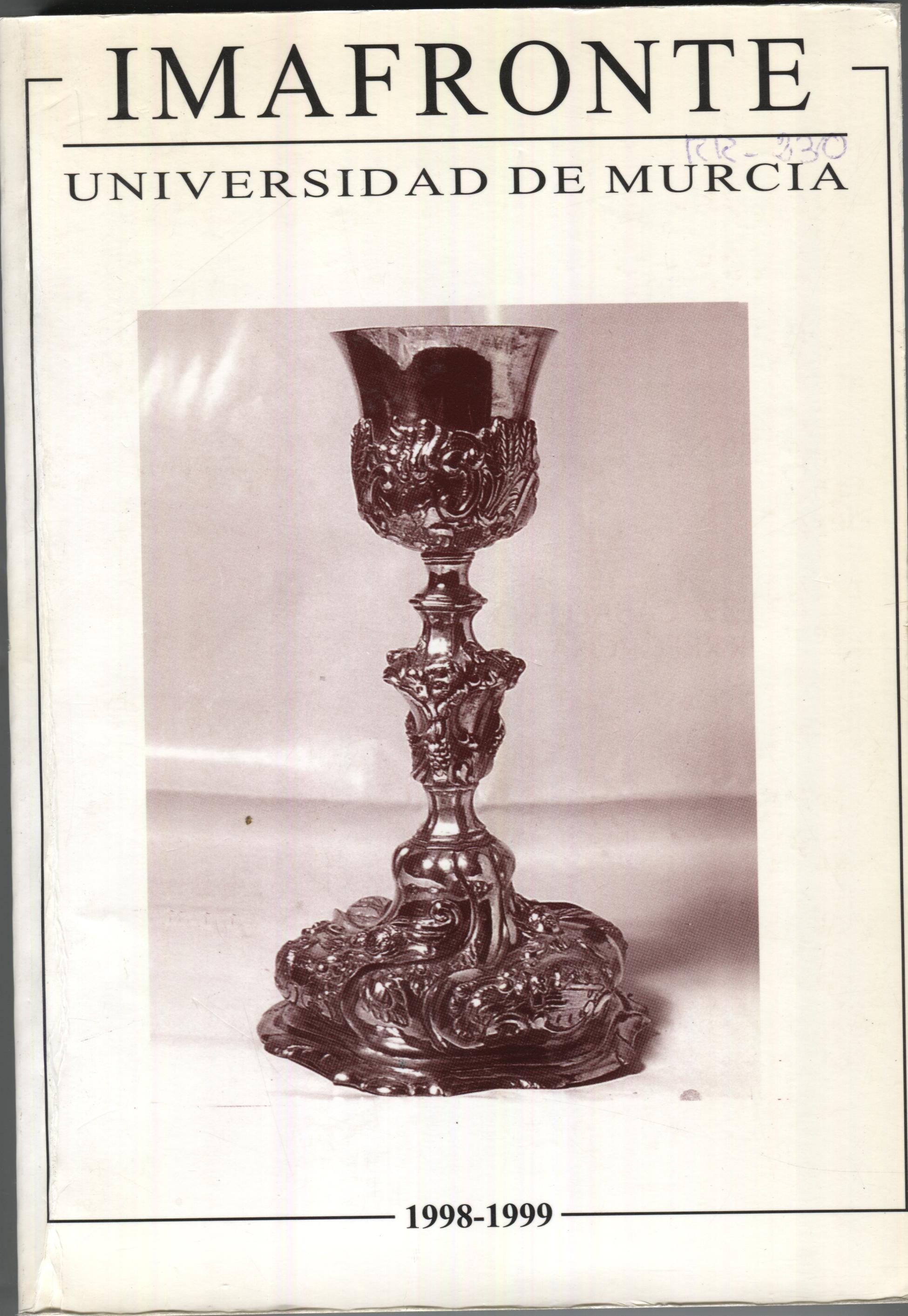ALGUNOS DATOS SOBRE LA ARQUITECTURA MILITAR DE LA ORDEN DE SANTIAGO EN EL SIGLO XVI: LA ENCOMIENDA DE CARAVACA (MURCIA)
Resumen
The interest that the Order of St. James and in general the Military Orders showed in the fortresses and castles of their territories throughtout the 16th century once, the reconquest had been finalysed, demonstrates the important of these urban constructions in the lav-out of the small towns and cities of the Renaissance. It is in the context that the land Grant of the gentlmen of Caravaca has been analysed. In this case we see the change function of military architecture in these frontier towns, how they extended outside the walls and confines of their fortress, tought still keeping their castles and fortresses as visual and spatial references for many decades after. So the council of the orders gives permission for sucesive reforms in the Castles of Cehegín and Caravaca. The administartive and legal processes involved included frecuent visitos to the town from the middle of the 15th Century. The official inspectors analysed the state of the properties in each municipality of recommend series of reforms wich they considered necessary. This is repeated in the 16th and 17th Centuries. not only in the territories of the Order of St. James, but as we have been able to demostrate the remarkable simitarity of these processes with those that were also carried out in the feudal states of Alcántara at the same time. All of them were challened trought the Council of the Orders.Descargas
-
Resumen593
-
PDF152
Las obras que se publican en esta revista están sujetas a los siguientes términos:
1. Los autores ceden de forma no exclusiva a la revista los derechos de explotación (reproducción, distribución, comunicación y transformación).
2. Las obras que se publican en esta revista están sujetas a la licencia Attribution-ShareAlike 4.0 International (CC By SA 4.0). Por lo que se pueden copiar, usar, difundir, transmitir y exponer públicamente, siempre que:
i) se cite la autoría y la fuente original de su publicación (revista, editorial y URL de la obra), permitiendo así su reconocimiento.
ii) se permite remezclar, transfromar o crear a partir del material mientras se mantenga la misma licencia del original.
3. Condiciones de auto-archivo. Se permite y se anima a los autores a difundir electrónicamente las versiones pre-print (versión antes de ser evaluada) y/o post-print (versión evaluada y aceptada para su publicación) de sus obras antes de su publicación, ya que favorece su circulación y difusión más temprana y con ello un posible aumento en su citación y alcance entre la comunidad académica. Color RoMEO: verde.
























